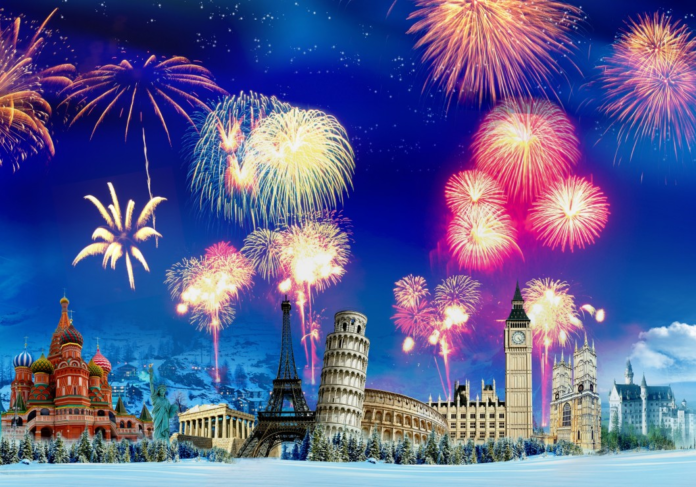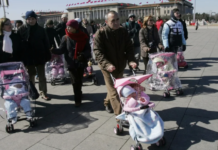By Emma Wu
With so many celebrations of the New Year around the world, we see so many different cultural perspectives and festivities for this holiday. Here are some of the most unique New Year’s Eve traditions from around the world:
Spain
In Spain, there is a tradition called the 12 uvas, or grapes. This tradition entails eating twelve grapes at midnight with each chime of the clock. Following this ritual would ensure luck and happiness in the coming year. Historically, this tradition arose in 1909 when there was a surplus in the grape harvest of the kingdom. As such, the king gave the surplus to the people to create this tradition of consuming grapes on New Year’s Eve.
Colombia
There is a tradition in which people will walk around the block with an empty suitcase. This tradition symbolizes hope for a year filled with travel and new experiences. This tradition is not only limited to Colombia; it is found in many other Latin American countries, including Mexico.
Panama
Another unique tradition of Hispanic countries is burning effigies. On New Year’s Eve, many residents will burn effigies of well-known people in TV or politics to represent the old year, which leads to a fresh start of the New Year.
Philippines
Wearing round objects, such as polka dots, brings prosperity and good luck. Further expanding on the fortuitousness of circles in the Filipino community, round fruits, such as oranges, grapes, longan, and watermelons are eaten on New Year, as well.
Brazil
Wearing special underwear is considered to bring the corresponding fortune for many Central and South American countries. Red underwear would bring love, while yellow underwear would bring money in the New Year.
Greece
The onion is a symbol of rebirth in Greece. As such, there is a tradition of hanging onions at the door or waking children up on the New Year by tapping their heads with an onion will bring good luck and growth.
Germany
Melting lead and analyzing the shapes bring predictions regarding the New Year. The lead is melted and then cast into cold water to form a shape. The shapes can be directly interpreted as signs for the future or rotated in candle light, and the shadows are then interpreted. For example, if the lead forms a ball, then good luck will come.
Ethiopia
In Ethiopia, the Julian calendar is maintained, so the New Year is actually celebrated in September. There are many dances and celebrations in the open air to celebrate. Yellow daisies are collected as gifts for others, while torches are placed in houses to ward off evil spirits for the New Year.
Russia
There are 12 seconds of silence that are honored before midnight of the New Year. These are considered a thank you to the past year and a time to make wishes for the New Year.
There are many other cultural traditions around the world, each of them having unique perspectives and celebrations regarding this new beginning. This is the magic of our world and the diversity we have, bringing all of the different ways we celebrate the New Year.









